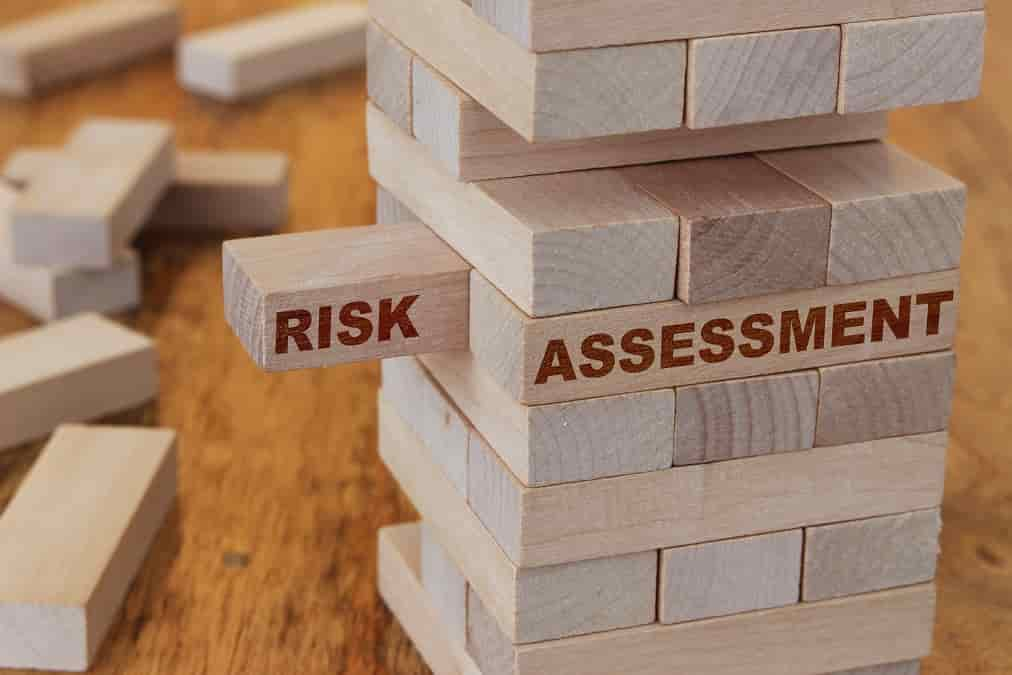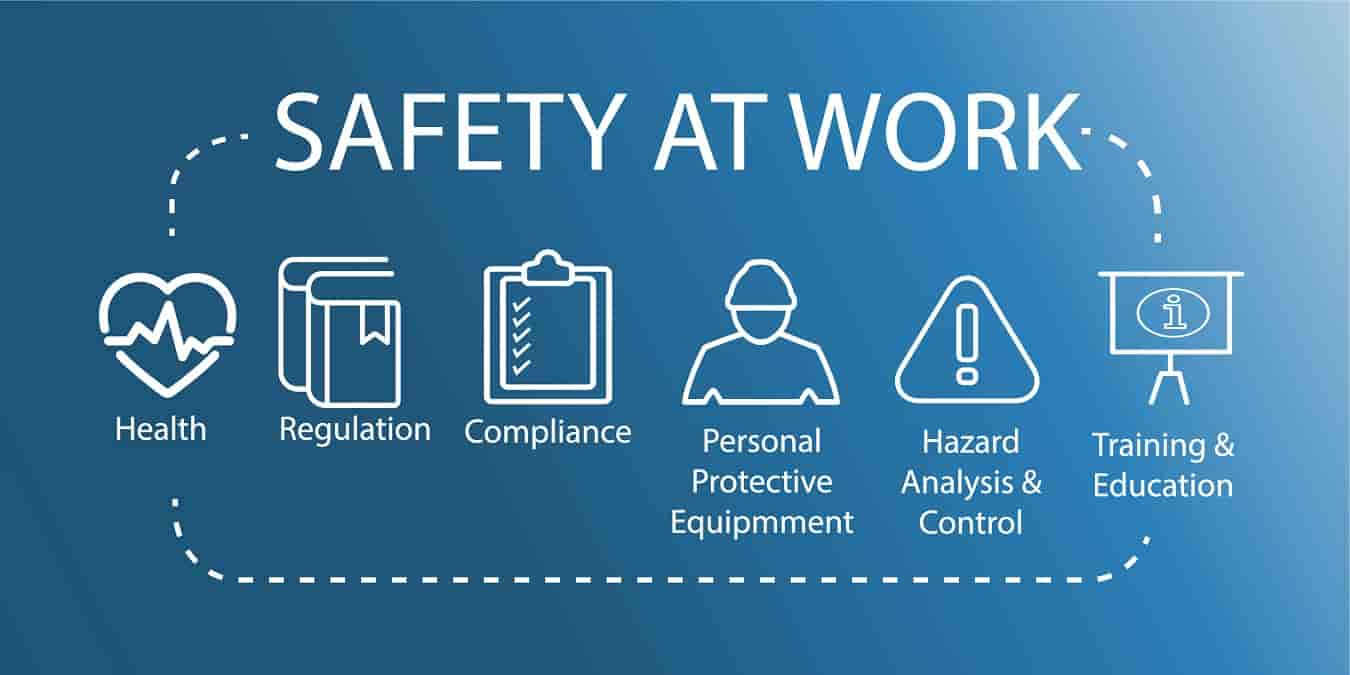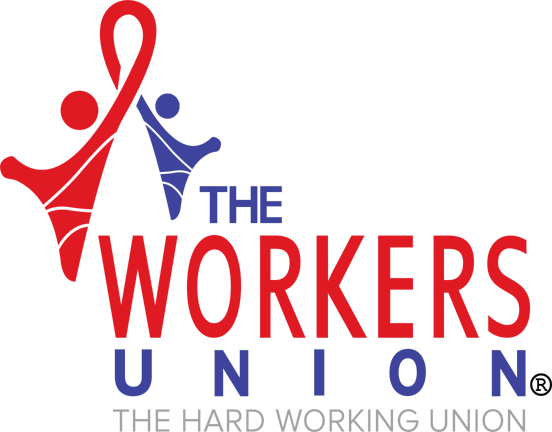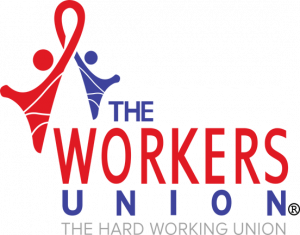Workplace Risk Assessments: A Quick Guide
In today’s fast-paced work environments, ensuring the safety and well-being of employees is paramount. Risk assessments stand at the forefront of this endeavour, serving as a critical tool for identifying potential hazards and implementing measures to mitigate risks. But what exactly are risk assessments, and why are they non-negotiable in the realm of workplace safety?
What Is a Risk Assessment?
A risk assessment is a systematic process aimed at identifying workplace hazards that could potentially harm employees or other individuals associated with the business. It goes beyond mere identification, delving into the analysis of tasks or processes to pinpoint and evaluate risks, thereby enabling the formulation of strategies to either eliminate these hazards or control their impact.
The Legal Imperative
Far from being optional, conducting workplace risk assessments is a legal mandate. According to the Health and Safety Executive (HSE) under the Management of Health and Safety at Work Regulations 1999, employers are obligated to:
- Identify potential sources of injury or illness (hazards).
- Assess the likelihood and severity of potential harm (risk).
- Take proactive steps to either eliminate the hazard or control the risk.

This legal framework underscores the minimum criteria employers must meet to adhere to health and safety regulations, highlighting the non-negotiable nature of risk assessments in safeguarding workplace safety.
The Importance of Risk Assessments
Risk assessments are the backbone of a health and safety-first culture within any business. They are crucial not only for legal compliance but also for fostering a safe working environment. This proactive approach to health and safety can significantly reduce the incidence of workplace accidents, thereby protecting employees and the business alike from the adverse effects of hazards.
For employees concerned about the adequacy of risk assessments in their workplace, The Workers Union can offer guidance and support, championing the cause of workplace safety and employee well-being.
Different Types of Risk Assessments
Understanding the various types of risk assessments can empower employers to effectively address diverse hazards:
- General Risk Assessments: Broad evaluations focusing on overall workplace risks.
- Formal Risk Assessments: Detailed analyses specifying measures to mitigate identified risks.
- Hazard-Specific Assessments: Assessments targeting specific work-related hazards.
- Health and Safety Assessments: Evaluations focusing on job or process-specific risks.
- Health Risk Assessments: Analyses of risks related to occupational health issues.
- Vehicle Maintenance Assessments: Ensure that all vehicles are regularly inspected and maintained to meet safety standards.
The Critical Role of Risk Assessments for Workers
Risk assessments are vital in ensuring that health and safety considerations are prioritized, offering workers reassurance that their employer is committed to their safety. They serve as a foundation for identifying, evaluating, and managing workplace hazards effectively.
Navigating Challenges: The Consequences of Neglect
Ignoring the importance of risk assessments can lead to dire consequences, including increased accidents, legal liabilities, and compromised employee health and morale. It is imperative for businesses to adopt a rigorous approach to risk assessments to avert such outcomes.

Empowering Workers: Steps to Enhance Safety
Workers play a crucial role in the risk assessment process, from ensuring their employer conducts thorough risk assessments to adopting safe work practices. Being informed about their rights and responsibilities is also crucial in ensuring a safer workplace.
Regular Review and Adaptation: The Key to Effective Risk Management
Risk management is an ongoing process, necessitating regular reviews of risk assessments to adapt to changing work patterns and emerging risks. This dynamic approach ensures that risk management strategies remain effective and relevant.
Adhering to UK Regulations
In the UK, the legal framework governing workplace health and safety is clear: employers must undertake risk assessments to protect their employees. The HSE provides comprehensive guidance to assist employers in this critical task, emphasizing the necessity of a proactive approach to risk management.
Taking Action: What to Do If You’re Concerned
Employees worried about workplace safety should engage in dialogue with their employers, who are legally obliged to address such concerns. Additionally, joining The Workers Union can provide workers with access to support and guidance, reinforcing their safety and rights at work.
Conclusion
Ensuring the safety and well-being of workers through comprehensive risk assessments is not just a legal requirement but a moral imperative for employers. By fostering a culture of safety, we can protect our most valuable asset: our workforce. The Workers Union remains committed to supporting workers in navigating these challenges, ensuring that every workplace is safe and every worker is protected.
Frequently Asked Questions
The responsibility for conducting a risk assessment typically falls to the risk manager or project manager. Depending on the size of the organization and the scope of the project, the risk assessment may require the involvement of multiple stakeholders, such as the finance team, operations team, and legal team.
A risk assessment is necessary for any workplace where employees are exposed to potential hazards. This includes workplaces where workers may come into contact with hazardous materials, such as chemicals, hazardous waste, or machinery with moving parts. It also includes workplaces where workers may be exposed to physical hazards, such as confined spaces, heights, or extreme temperatures. If you are unsure whether a risk assessment is necessary for your workplace, you should speak to a safety professional or consult your local health and safety authority.
1. Identify potential risks: A risk assessment helps you identify potential risks that could threaten your business. By understanding the risks and their potential impacts, you can better prepare to manage them.
2. Improve safety and compliance: Risk assessments help ensure that your business is compliant with health & safety rules and local regulations. They also help identify potential safety issues and can help you create procedures to mitigate those risks.
Risk assessment is important in the workplace because it helps to identify potential hazards and the risk of injury or damage to employees, property, or the environment. It also helps employers to develop strategies to reduce the potential for harm and to protect employees from potential hazards. Risk assessment also assists employers in meeting their legal obligations of providing safe and healthy working conditions for employees.



